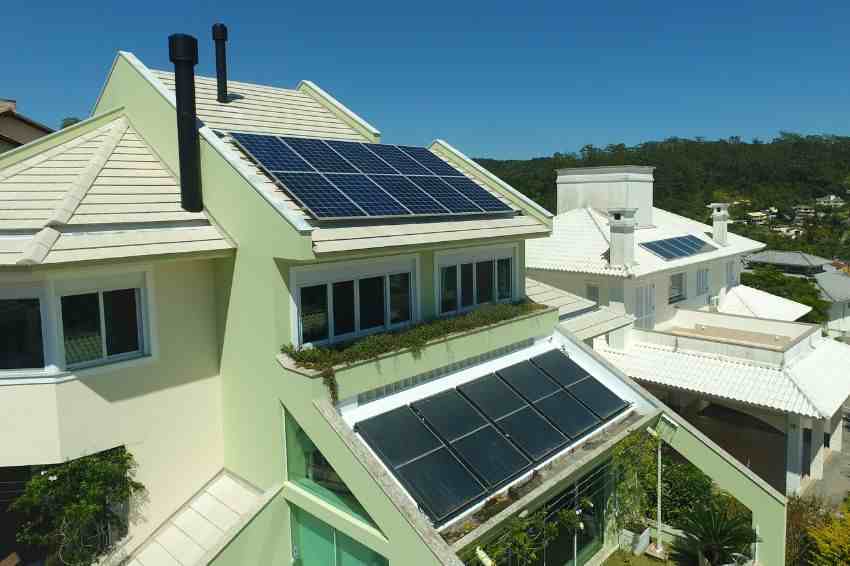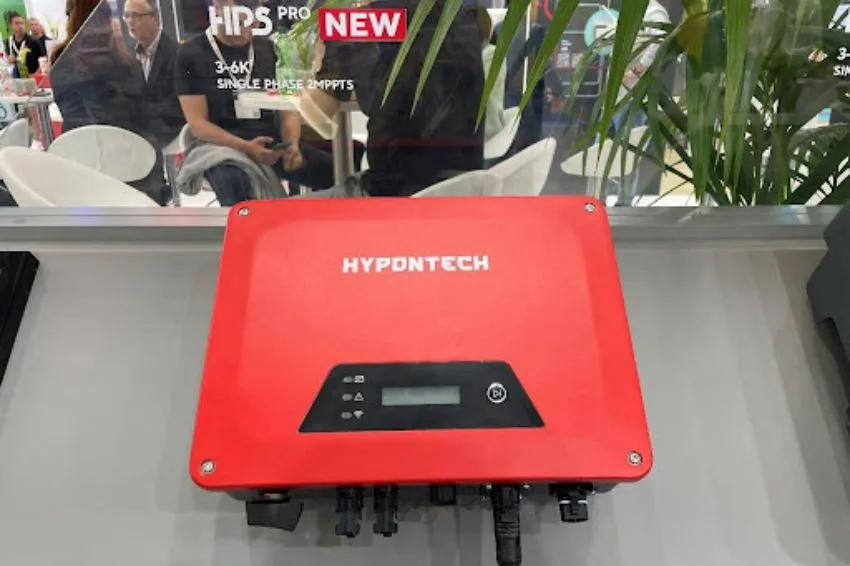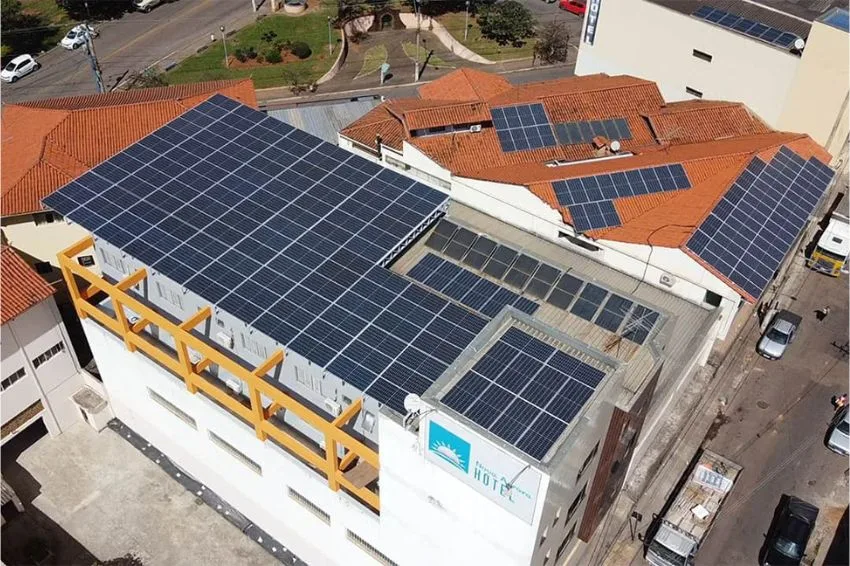One doctoral research carried out at UFSC (Federal University of Santa Catarina) identified that, despite having one of the lowest irradiation rates in Brazil, the scenario for using solar source in the energy matrix of state It is favorable and promising, which can generate economic and environmental impacts, especially in the West region.
A thesis defended by Andrigo Antoniolli in the Postgraduate Program in Civil Engineering, under the guidance of professor Ricardo Rüther, with co-supervision of professor Helena Flávia Naspolini, took into account data from the Celesc Photovoltaic Bonus Project (Santa Catarina Power Plants), which installed 1,250 systems in all regions of Santa Catarina.
An algorithm developed by the researcher generated data indicating that Santa Catarina presents average values of productivity above 1,200 kWh/kWp per year. In other words, each 1 kWp installed can produce, on average, at least 100 kWh/month within the Santa Catarina territory.
The study consolidated the numbers using a management and decision-making tool that analyzes data from a large volume of microgenerators with approximately 95% precision. The focus of the study is on the distributed generation model.
In an interview with Solar Channel, Antoniolli highlighted that he also identified that the average productivity in Santa Catarina exceeds that of the best regions in Germany by around 30%. The comparison between the two countries was made based on data from the Brazilian Solar Energy Atlas and data from PVGIS (Photovoltaic Geographical Information System).
“Brazil is one of the countries with the best levels of solar irradiation in the world (averages of 1,300-2,400 kWh/m² per year, for the horizontal plane). The value is more privileged than the incident on countries that have greater photovoltaic power installed within the European Union, such as Germany (950-1,250 kWh/m²/year), Italy (1,100-1,900 kWh/m²/year), Spain (1,200 -2,000 kWh/m²/year) and France (1,000-1,700 kWh/m²/year)”, he highlighted.
Solar data by region
The average annual PV generation for the set of rooftops analyzed was 3,353 kWh/year or annual productivity of 1,265 kWh for every 1 kWp installed, with fluctuations between the four regions studied in SC.
In the study, a map defined based on generation and irradiation data places the West as the most favorable for solar PV generation (1,423 kWh/kWp), followed by a band made up of the coastal region, Serra and Midwest. Some regions in the Valley and the South have the lowest productivity values (1,222 kWh/kWp).
According to the researcher, the methodology developed in the thesis can be used to predict the generation (monthly and annual) of future photovoltaic systems to be installed anywhere in the state to assist in planning and serve as a subsidy for analysis of return on investment. cleared.

















